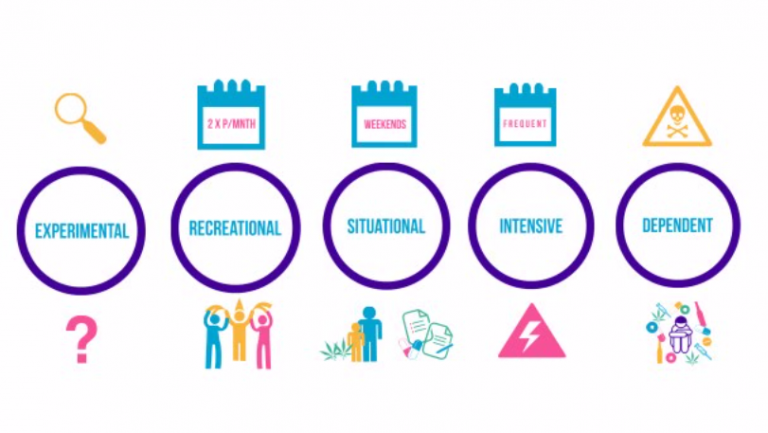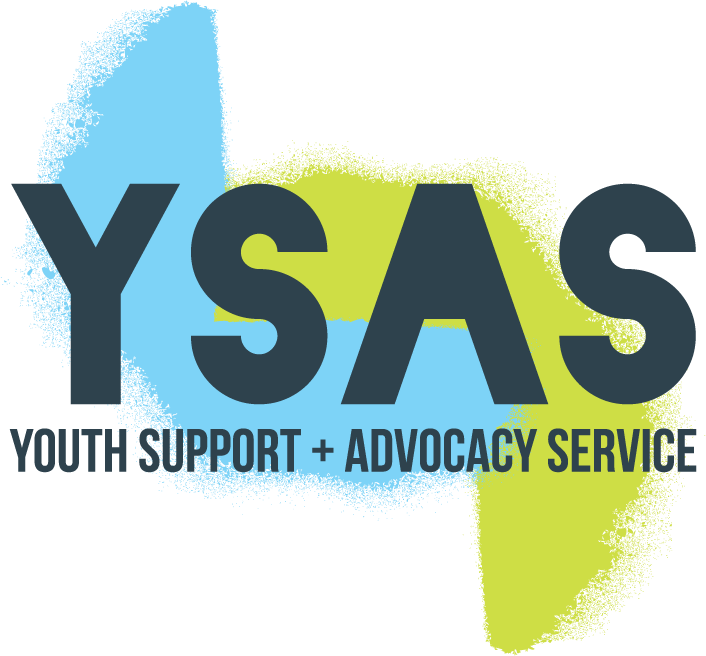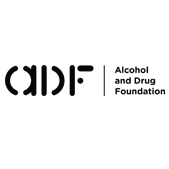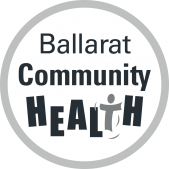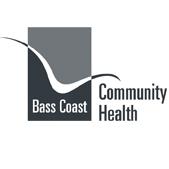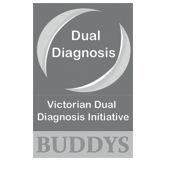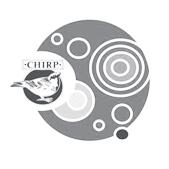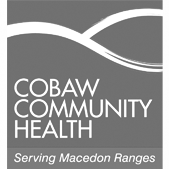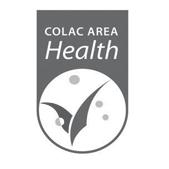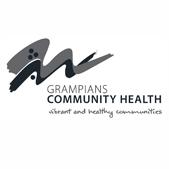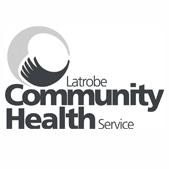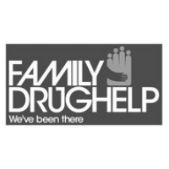Understanding Youth Drug & Alcohol Use
Different patterns of drug use
Understanding that there are many different patterns of drug use is crucial to understanding how best to support a young person.
There is no typical drug and alcohol use pattern applicable to young people, and not all drug or alcohol use is problematic or requires specialist attention. Most young people experiment with alcohol and other drugs at some stage, and even though experimentation creates risks for adolescents, most go on to develop a pattern of use that is relatively harmless.
There are several patterns listed below that describe a young person’s drug or alcohol use.
EXPERIMENTAL USE
Describes a young person’s exploration of drugs or alcohol and the effects of each.
RECREATIONAL USE
Describes AOD use for the purpose of enhancing leisure. This pattern often occurs socially. An example may be the use of ecstasy twice-monthly when clubbing.
SITUATIONAL USE
Describes AOD use specific to a situation or context. For example, a young person may use cannabis heavily but only when visiting their father on weekends, or may only use amphetamines prior to school exams.
INTENSIVE USE
Associated with heavier, more frequent and/or more harmful/risky use. Use is considered intensive when it occurs in a range of circumstances and settings.
DEPENDENT USE
Describes when a young person finds it difficult to control or stop their use, uses more than they intend, or where use continues despite negative consequences. A young person with a dependent use pattern may also experience withdrawal symptoms when not using.
It’s important to note:
- Young people may have different patterns of use for different drugs simultaneously
- Young people don’t necessarily move through these patterns sequentially: recreational use doesn’t necessarily lead to situational or intensive use
- Young people’s patterns of use can move both ways
- Regular substance use doesn’t always lead to serious problems.





